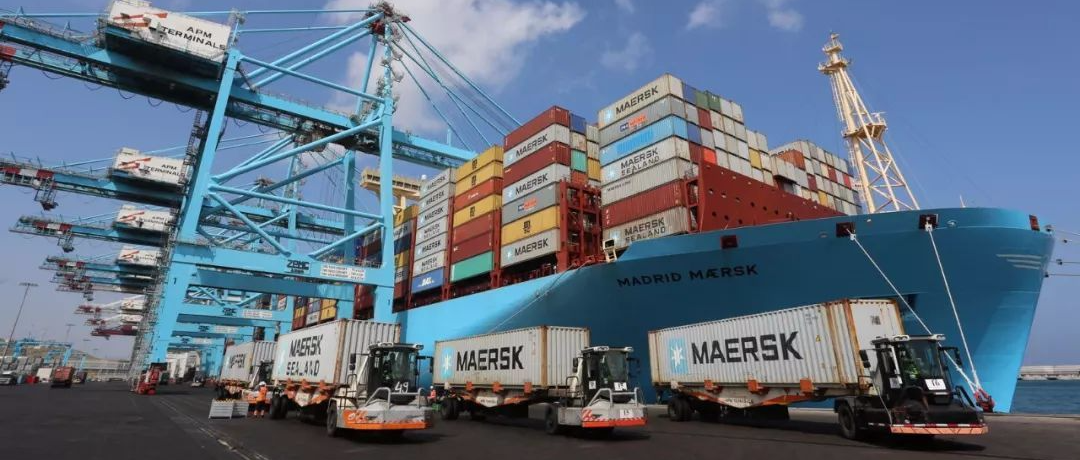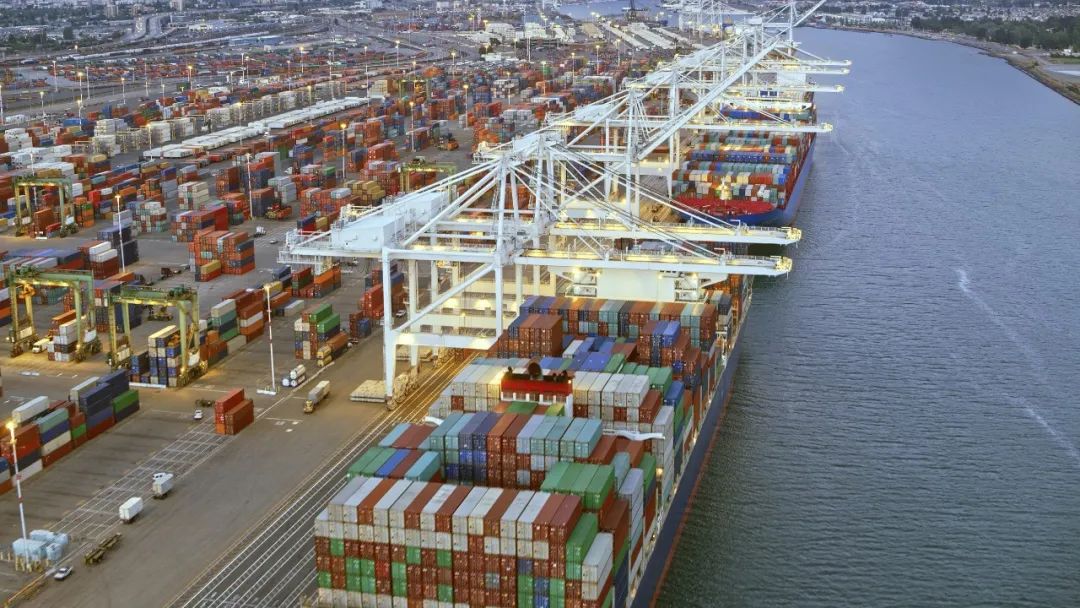Hits:Updated:2022-02-26 14:02:54【Print】

In 2022, shipping lines have an unusually uneven advantage in negotiating long-term contracts with shippers that determine how much shippers will pay in the coming year and years ahead. "We've never seen this before and we're going into a contract season unlike any other in history," said Patrik Berglund, CEO of Xeneta, a company that tracks long-term and spot freight rates. "If you're an operational business and have all the cards, then you can push all the levers to optimize your business.” And that’s true.
In the midst of a pandemic-era supply chain crisis, spot rates across the Pacific have risen to dizzying heights, but in theory, spot rates could fall quickly. It is in the long-term market that the shipper promises to guarantee the volume and freight rate for a certain period of time, and the liner company can lock in long-term benefits.
Changes in rates for one-year and multi-year contracts are especially important for liner companies, shippers and ultimately consumers of imported goods.
Ridiculous shipping rates, unprecedented spreads
Xeneta's long-term contract data shows that this year's contract prices have risen further on the basis of growth in all of 2021. In the first half of last year, the long-term average contract price for the Asia-US West Coast was $3,000/FEU. By October, the price had risen to $6000-6500/FEU.
“In 2022, we see $7,000 to $8,000 as an early indicator,” Berglund said. The low end of the long-term market — where the biggest shippers get great deals — is currently around $3,000/FEU, the same as the average for the entire long-term market a year ago.
 Xeneta CEO Patrik Berglund
"We're seeing an unprecedented spread," Berglund added, referring to the difference between the lowest long-term contract price paid by the largest shippers and the highest spot rates paid by the smallest shippers.
Xeneta currently rates Asia-U.S. West Coast spot freight at just under $10,000/FEU, with additional priority freight of $1,400 to $7,500 for some shipments, bringing the maximum spot freight rate to around $17,500. Compared to the cheapest and lowest contract price, the spread is about $14,500/FEU.
“These numbers are ridiculous, and just two years ago, the spread was between $1,300 and $1,800. Today it’s 10 times bigger,” Berglund said. "That means it's the smaller shippers who've been unfairly treated the most and the hardest. The longer this goes on, the better it will be for bulk shippers."
Trans-Pacific deal faces 'historic risk'
What happens next in the spot market will have a big impact on long-term contracts across the Pacific, many of which are set to take effect starting in May.
On Wednesday, Maersk released full-year earnings guidance that assumes a sharp drop in spot rates starting in the third quarter. According to Berglund, “Based on what we’ve heard from the consulting carrier and forwarding community, as well as shippers, the spot market is expected to soften at the end of the year, with some claiming that the market could see a steeper decline. My personal view is that carriers And the three alliances will fight back to avoid the market falling too much. So I think it's more likely that rates will stabilize rather than fall."
But what if spot rates do plummet? What does this mean for shippers who sign a one- to two-year fixed-rate contract when prices drop?

"When you sign a 12- or 24-month long-term deal today with a fixed rate, it creates historical risk because the market is at such high levels that 12 or 24 months from now you might look like a fool ” Berglund said.
For example, if a mid-sized shipper signs a long-term contract for $10,000/FEU, but halfway through the contract period, the spot rate drops to $5,000 and the new long-term rate drops to $4,000 – according to Berglund, in Multiply the contracts signed at the peak of the market multiplied by thousands of boxes — “then that makes a huge difference as a buyer,” says Berglund.
He advises shippers of low-margin cargo to be especially wary of this risk. Such shippers "need to ensure that they are able to adapt to market changes to some extent" by keeping contracts at a maximum of 12 months.
At the other extreme are shippers of high-margin and high-value commodities who are "focused on securing containers and space, not on rates". These players "can afford the risk [of a drop in the spot market]". They understand that this is a strategic decision for their business. They pay extra to ensure the stability of the supply chain. If you have a high-margin product, keeping the supply chain intact and ensuring the flow of the product is far more important than optimizing for the lowest possible spend. "
Index-controlled long-term association
Another way shipping companies are using their market power is by pushing BCOs into multi-year agreements. Contracts covering this period offset the carrier's exposure to the spot freight market, given that newbuildings will be operational in 2023-24.
Berglund believes that “there is a marked difference in the approach of European shipping companies, who are much more interested in multi-year contracts.”
Vincent Clerc, chief executive of Maersk Shipping and Logistics, said last Wednesday that the current multi-year long-term agreement includes two-year fixed-rate contracts, but most are for three to 10 years, with regular rate adjustments, mainly based on monthly container trade statistics (CTS) index instead of a more volatile index such as the Shanghai Containerized Freight Index (SCFI). The CTS index is provided by tariff information from operators.

“What does it say when the client side needs to agree to an index built by the seller itself?” comments Berglund. "It's something to think about. It's shipping companies that provide data to CTS. For many of our customers, that's a big concern in itself. But since the pandemic, the shipping market has shifted from a buyer's market to a seller's market. On the seller side In the marketplace, the seller decides the terms.”
Using data from the Xeneta platform, Berglund noted that operators also use other indices such as SCFI for long-term contract adjustments. He also confirmed that Xeneta's long-term rate index is being used for adjusted long-term contracts.
With some operators increasingly striving for more multi-year long-term agreements, Berglund questioned what would happen if the market pivoted back in favor of BCOs?
"Let's see how these agreements play out in years two, three and four. The industry has a history of being disloyal to each other based on market conditions, and the only harmony is when you get to a certain level of balance. Operators can't really penalize "BCOs that don't abide by their contracts". One day, things will turn. We have a lot of BCOs and they're just holding their breath right now, waiting for the day when they'll be returned to the operator. It's kind of unfortunate but But it is the status quo.”
Eliminate small and medium freight forwarders? Doing business with BCO
Ocean carriers are also using their market control to weed out some freight forwarding middlemen and instead do business directly with BCOs.
Vincent Clerc, chief executive of Maersk Maritime and Logistics, said on the conference call: "As we increase our quota for long-term customers, that means by default we are reducing the market share of freight forwarders to 25- by 2022. 30%. The profitability of 'freight forwarder deals' at the moment is obviously very high as they mainly pay the current short-term spot market rates, but we decided to pass up some spot opportunities to really invest in long-term relationships.”

According to Berglund, “One of my main concerns on behalf of freight forwarders is how long this surging market will last, as carriers are first ‘looking’ at small and mid-sized forwarders – who obviously push these companies to their numbers ( Spot) booking platform. The operator is literally saying, 'You can book here, and that's what we're offering you.'"
“Larger forwarders still have the power to remain relevant in the market and provide BCO with superior sourcing. But the point is: what’s preventing carriers from taking a piece of the pie? If the market remains high, Why don't they do it next?"
"Ultimately, if that happens, it will mean less choice for suppliers. It's not ideal for end consumers (you and me) from a competition perspective."
|